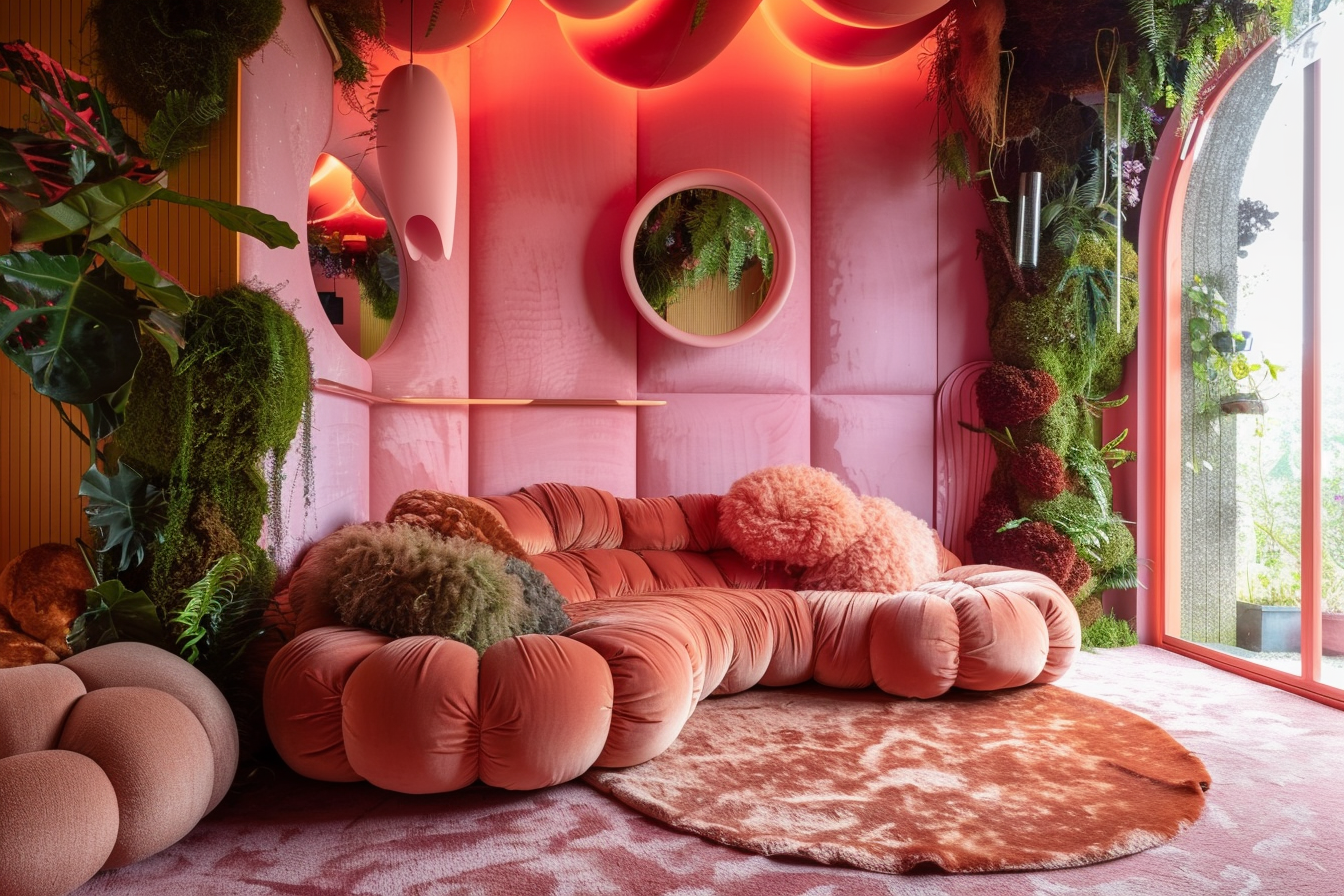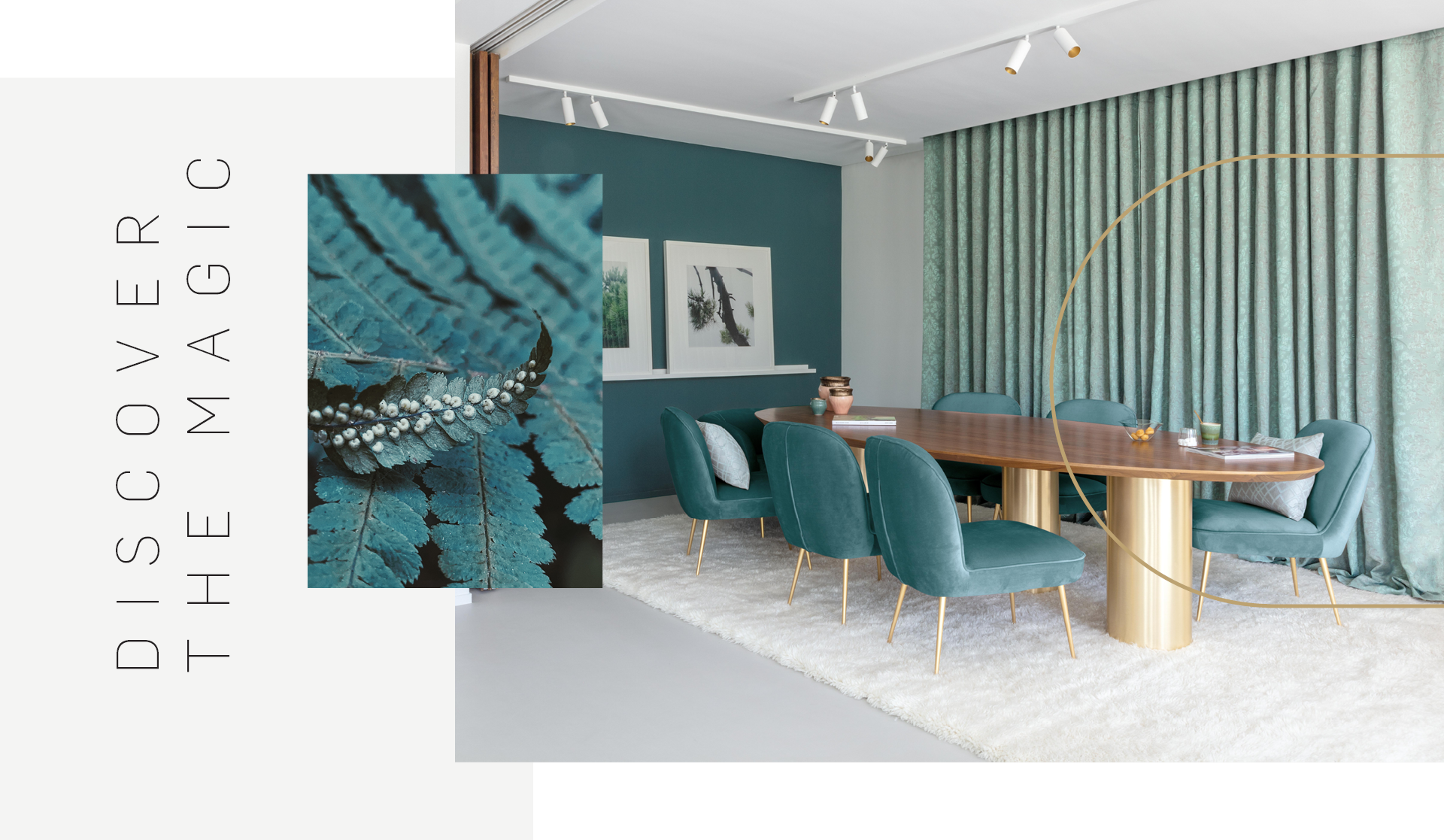In this second part, we’re looking at an equally important trend that we’ve identified:
Public spaces in hotels are evolving in response to the rise of technology, and specifically experiential design is on the rise.
Let’s get to it.
Experiential design takes centre-stage in hospitality interiors
Experiential, interactive design has been all the rage in retail spaces in recent years, focusing on building a connection between the consumer and the space.
2020 will see it moving more into hospitality interiors than ever before.
Read about the rise of the smart hotel here on our blog
Technological innovation is obviously important here. Tech-for-tech’s-sake is falling out of fashion, and 2020 will be a peak year for human-centric hospitality design.
As seen with the reduction of unnecessary technology in hotels, interior design and decoration as a whole is becoming less about trends or design schools, and more about meeting human needs.
This is especially important for hotel design because when people have a good experience, they’re more engaged, and more likely to return to the hotel.
The wonderful thing about experiential design, though, is that it can be manipulated to elicit certain emotions and responses. Obviously, everyone responds differently to design, and hospitality interiors have been adapting to meet this need for personalisation through concentrating on the very foundation of what makes us human, and what humans need.
This is where the evolution of hospitality’s public spaces, such as the hotel lobby, comes in.

Public space of all kinds is evolving in the hospitality industry
Hotel lobbies have evolved from portals where travellers are introduced to their lodging accommodations to places people gather to immerse themselves in culture and merriment. – Frances Kiradjian, Founder & Chair of BLLA, the Boutique & Lifestyle Lodging Association.
We’re seeing this blur of work, fun, socialising and culture in hotel lobby spaces as they transform into networking spaces, coffee spaces, bars, restaurants, and co-working office spaces.
Why is this evolution happening? Why now? There are a number of factors at play here, and in a nutshell they are:
1. Life is speeding up with office workers running from meetings to brainstorms with oases of apparent calm in-between filled with so-called ‘deep’ work. Sales representatives, for example, have busier schedules than ever, crossing continents every few days. The world is shrinking.
2. The average office worker is always connected to a smart device, always on, always reachable. This means that in public spaces they appreciate Wi-Fi access, comfortable chairs and coffee tables on which to rest their laptops while they conference call. Good design in public hospitality spaces is paramount here, as lobbies transform with co-working space, relaxation space, and functional space all entwined.
3. Living and communal interior spaces are growing smaller, while the demands on them are expanding. The need for multifunctionality is everywhere in design, from product design, to commercial interior design.
How is this transformation manifesting itself?
We have some interesting, trendsetting examples.
The expansive lobby bar in the Public hotel (an Ian Schrager hotel) in New York, USA, is the focal point of the hotel’s community. With power sockets, comfortable seating and Wi-Fi all available for free, the lobby bar of this hotel gives people a place to mingle, to work, to network and to relax – all in the same area.
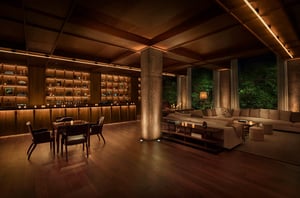
The Art Hotel in Denver, Colorado, USA, has a lobby that fuses a functioning art gallery with check-in facilities. Hosting art events and boasting its own collection, the building and its function fuse to create a memorable, boutique experience.
Hôtel de Crillon, a Rosewood hotel in Paris, France, takes sumptuous Parisian interior design to a whole other level, proving that you don’t need your design to be ‘modern’ in order for the experience of it to be. This hotel features a butler service specifically for guests’ pets, and a personalised curator of Paris’s art events. Its dining area is a great example of the transformation of public space in a hospitality setting – a cosy, informal space that’s still functional yet luxurious.
2020 is only the beginning
This pair of wide-reaching blog posts are only the tip of the iceberg for 2020’s leading hotel design trends and innovations.
Interested to learn more? Contact us.

1.jpg)
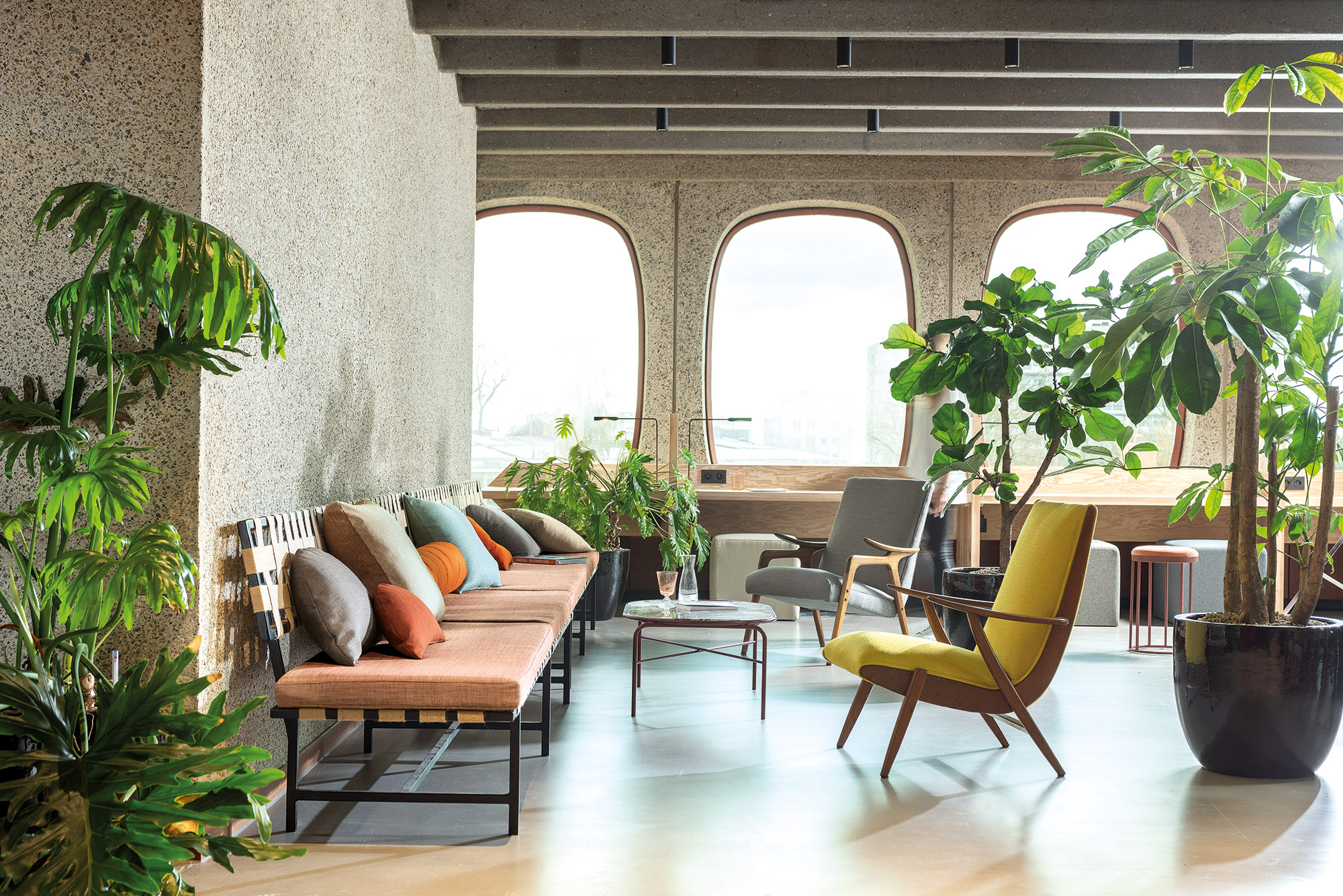
-3.jpg?width=300&name=Untitled%20design%20(1)-3.jpg)
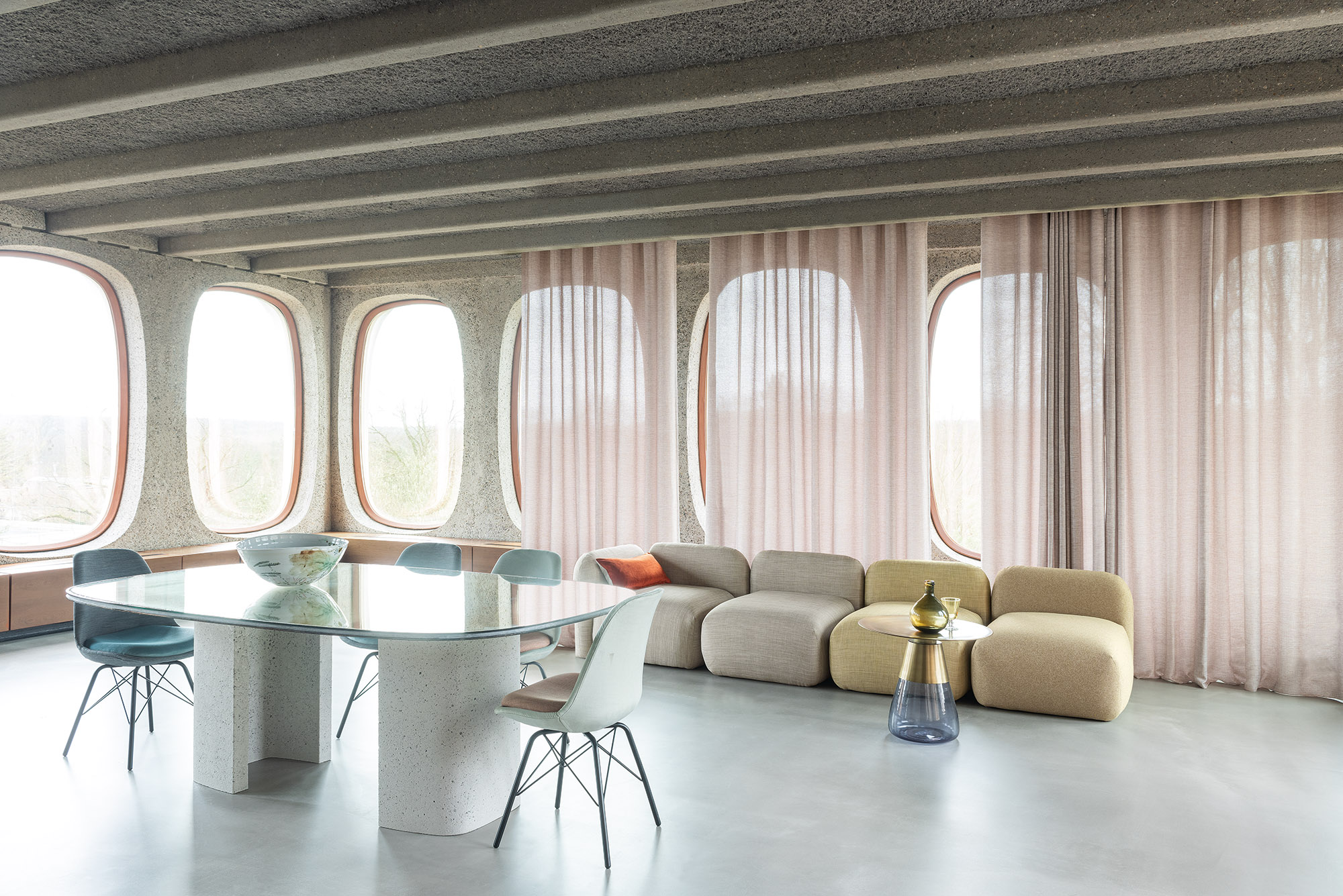
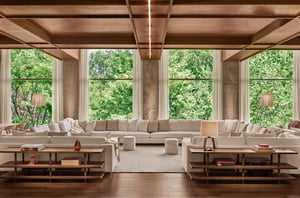
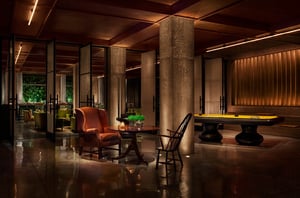
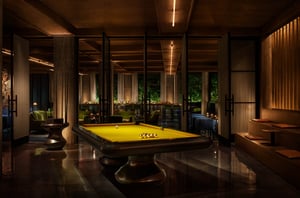
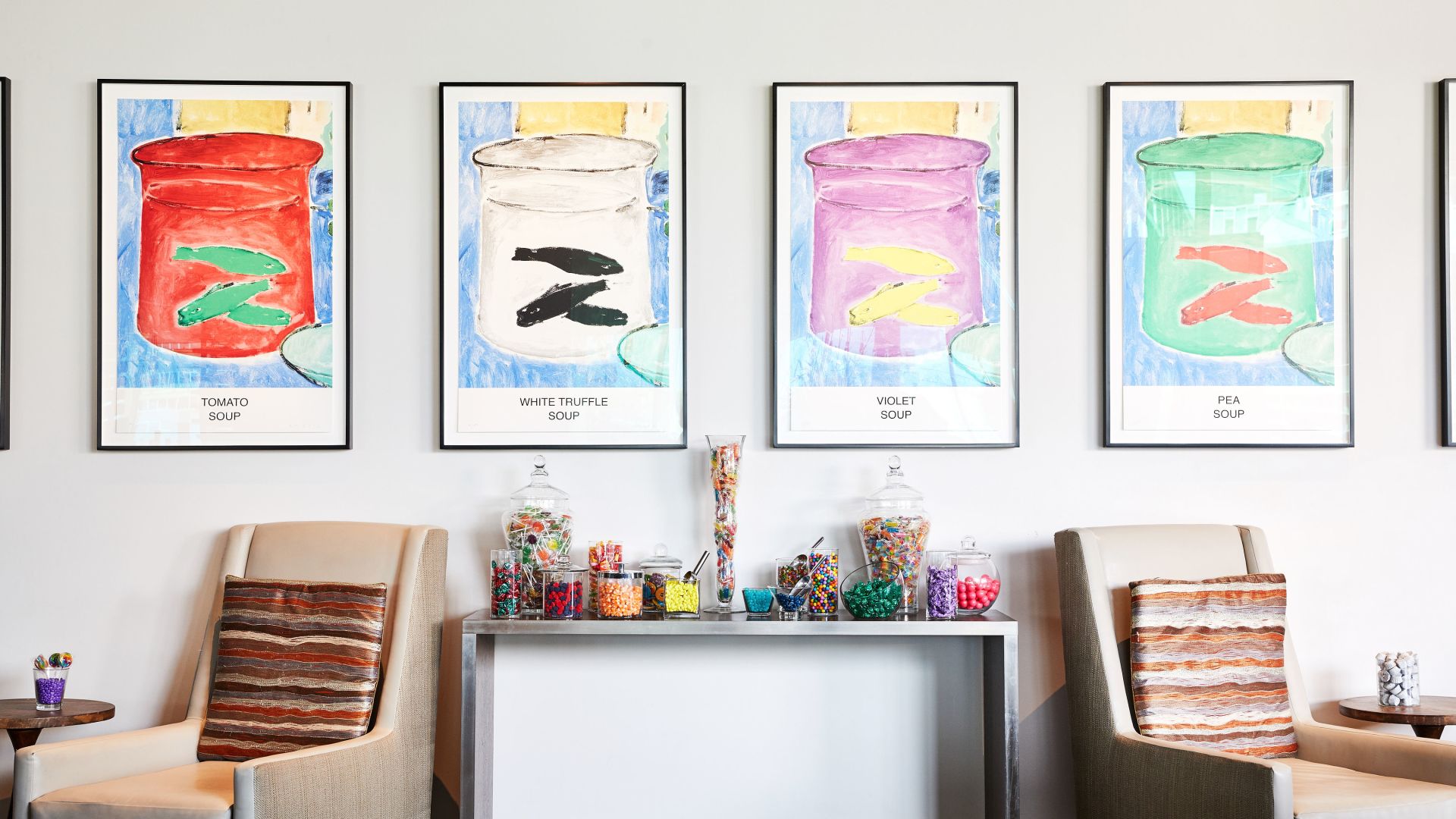
.png)
